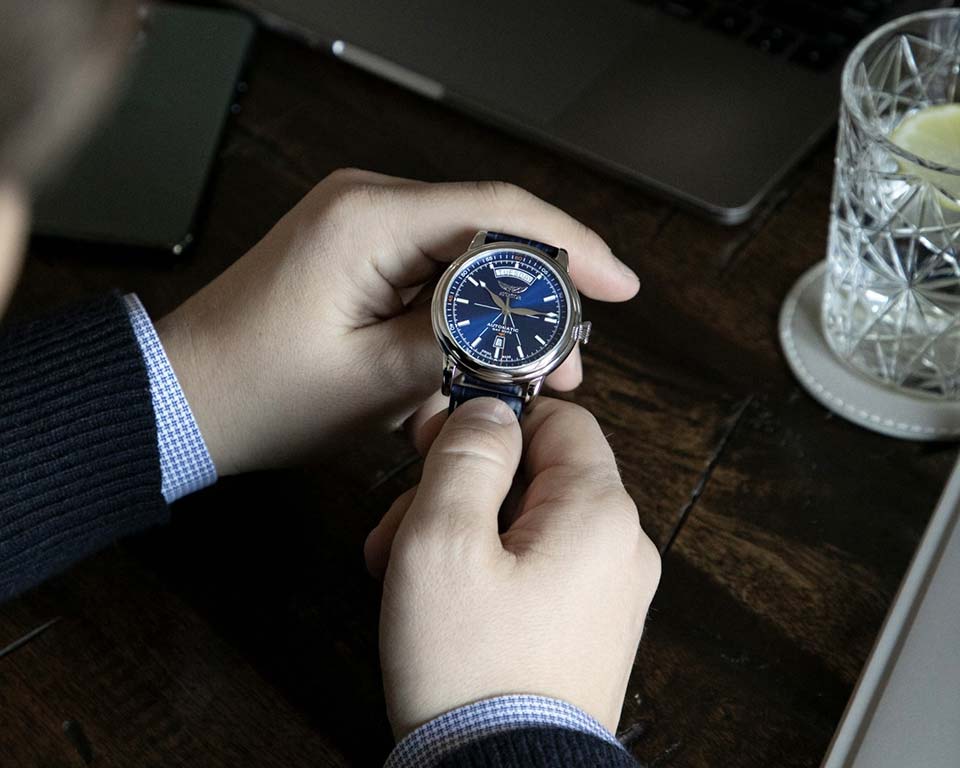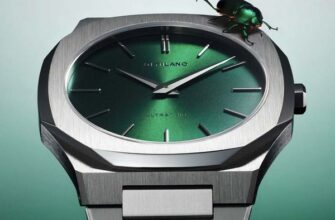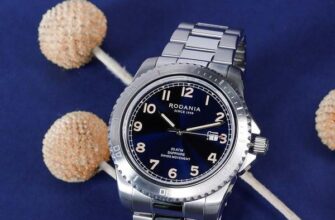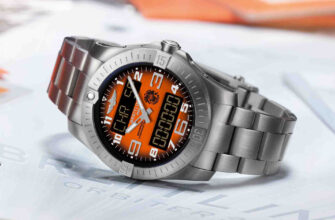It's hard to be good with watches. There are not very many real specialists outside the watch industry, even on a global scale. And inside the watch companies of real professionals who know watchmaking in detail from “A to Z”, there is also not a lot - the division of labor and narrow specialization do not contribute to the expansion of the knowledge base. But how you want to get closer to those who understand more and can share their thoughts about watches and watchmaking!
On the Internet, there are more than enough watch "experts", and they are not embarrassed to call themselves such when they preach frank nonsense, not knowing either the subject of the conversation or how it functions. Sad but true. How not to become like these unfortunate specialists?
I will give some useful tips, and then we will add a few terms to our obligatory hourly vocabulary, knowing which you will definitely give odds to 90% of Youtube watch experts.
To begin with, understand that even the little knowledge that you already have if you are reading this blog is enough to look at the world stoically. And to admit that there are many more in it who do not have your level of knowledge, and with a little effort you can outshine almost the entire population of the Earth.
Let your little effort be, for example, that you will understand better than others the device of constant force or the operation of a chronograph. Further, in the development of the first advice, try to give out the acquired knowledge about the complex in a very simple language, understandable to others. Use comparisons that do not cause despondency and rejection among the interlocutors. Test your “lectures” on close relatives who are not inclined to be offended and are ready to forgive you even a boring story about the Breguet spiral. Finally, accept the noble goal of becoming an expert, not to indulge your ego by towering over others, but to gain satisfaction by helping others figure out a difficult issue.

Well, if there is no time, and you want to become an expert immediately, we remember a few terms, the use of which in a conversation should significantly increase your status among others.
No matter what kind of watch we are talking about, it will always be appropriate to ask about the frequency of semi-oscillations of the balance. The balance is a pendulum wheel, it is driven by the balance spiral. The accuracy of the movement of the mechanism depends on the uniformity of the balance wheel oscillations, therefore the balance is one of the most important parts of the mechanism. The balance frequency is measured in hertz and semi oscillations per hour. Hertz indicates the number of oscillations of the balance wheel in one second. Half of this oscillation, that is, the rotation of the wheel in any direction, is equal to one vibration, or half a oscillation.
A clock mechanism with a frequency of 4 hertz makes four complete oscillations per second or eight vibrations, so the expert will say that their speed is 28 half oscillations per hour. This frequency is the most common, there are slower watches running at 800 Hz (2,5 semi-oscillations/hour), there are also faster ones that give out 18000 semi-oscillations/hour, such as the Grand Seiko SBGH36000 (205 Hz ), or 5 semi-oscillations/hour (43200 Hz), and even 6 semi-oscillations/hour, that is, 72000 Hz - these are in the Breguet assortment.
Three years ago, the Zenith manufactory showed a watch that worked at a balance frequency of 129600 semi-oscillations / hour, but in this experimental model they dispensed with a balance wheel. What is the meaning of such exercises in speed? Theoretically, in an effort to achieve greater accuracy, to show the possibilities, to attract attention. Study the issue a little deeper at your leisure, and apply the knowledge in practice. I'm sure you will be noticed as a person in a watch who understands something.
Despite the fact that it is not customary to be interested in the shockproof properties of watches (by default, all modern watches are able to withstand the shock load defined by the ISO 1413-1984 standard), it is not at all a sin to pass for a specialist in this, at first glance, a simple phenomenon. Remember that the mentioned standard prescribes to call the watch “shock-resistant”, and not “shock-proof”, contrary to popular belief.
Discussing the quality of this or that specimen, it is quite appropriate to discuss how the clock mechanism is protected, and first of all, the fragile balance axis, this thin needle, from “beatings”. If the watch suddenly experiences a serious blow, the balance axis does not cost anything to break - and the clockwork is finished. Incabloc, invented in 1933 and widely adopted in the 1940s and 50s, was the first modern system to take care of a watch regulator. It can still be found in the technical specifications of a huge number of modern watch models. Incabloc protects the balance in Norqain, Ball, Omega, IWC, Panerai, Breitling, Graham, Hamilton, Longines and Tissot watch movements, and many other brands that use, for example, ETA/Sellita and Soprod calibers.

How does protection work? The axis of the balance is inserted on both sides into supports, which are usually made of synthetic ruby. Springs were placed under these supports so that upon impact the axle would not bend or break, but, moving along with the supports, would calmly return to its place. Moreover, these shock absorbers allow the axle to move both horizontally and vertically. The Incabloc website explains the operation of the system very clearly - do not be too lazy to read it, and another important chapter of watch history will be added to your knowledge box.
Since we are talking so much about balance, it is worth writing in the mandatory vocabulary of an expert the so-called Breguet spiral, named after its inventor, Abraham-Louis Breguet. The Breguet spiral is a small spring, the inner and outer ends of which are bent so that the period of oscillation of the balance-spring system does not depend on the amplitude of the oscillations. Its inner end is attached to the balance axis, and the outer end to the balance bridge.
Prior to this invention of the Grand Master, watches everywhere used a flat balance spiral, the inventor of which is considered the Dutch mathematician Christian Huygens, but the Huygens spiral did not provide the desired isochronism (here's another chic term for you), and Breguet solved this problem in 1775 by bending the outer coil of the spiral towards its center in the form of a precisely calculated curve, which made the balance spiral more concentric and the balance assembly much more wear resistant.
You will find the Breguet spiral in a huge number of watches, and not only expensive and Swiss ones. Start a conversation about it, talk about pumping, move on to silicon coils - your interlocutors will begin to nod their heads in approval, but more than half will not know what they are talking about. The result - your expert rating has increased!









